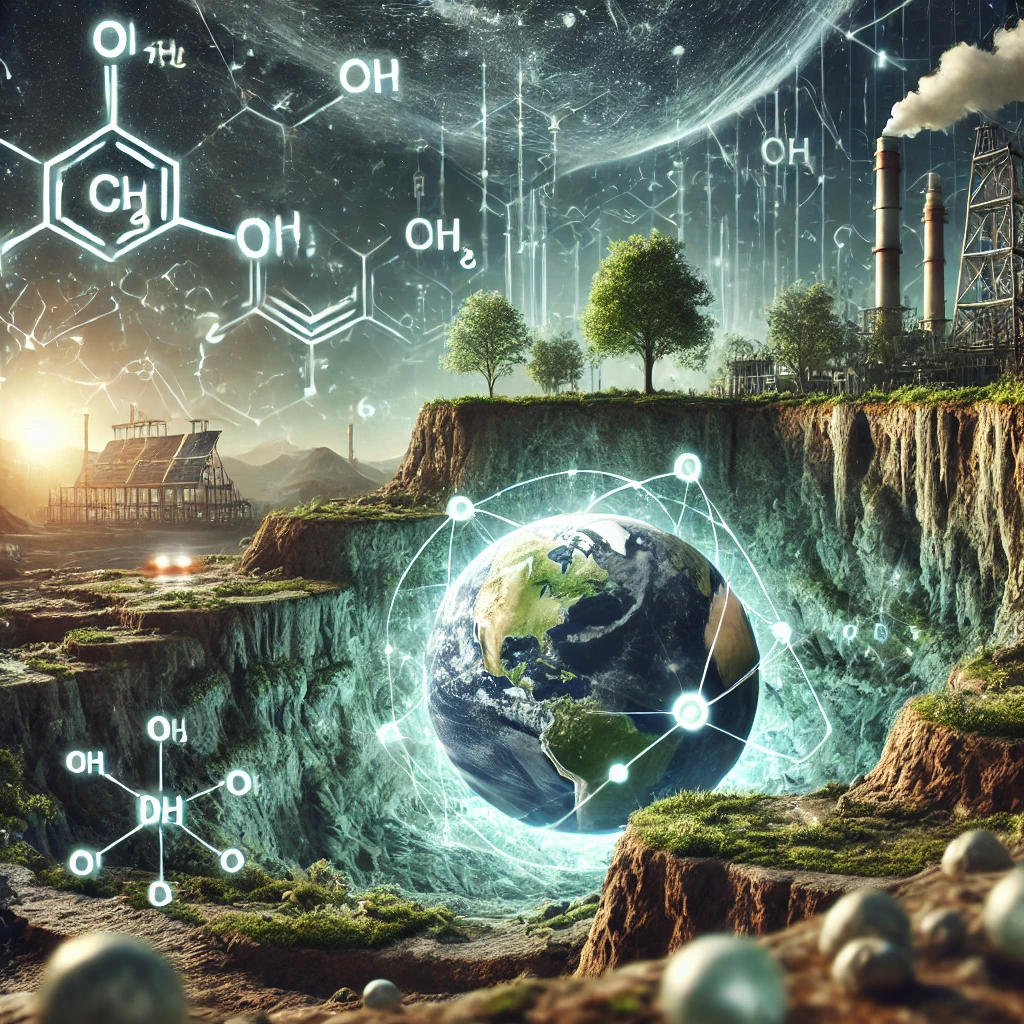We rely on fertilizer to feed the world, but the process of making it is a major polluter. Traditional ammonia production, a key ingredient in fertilizers, is incredibly energy-intensive, consuming about 2% of global energy and releasing vast amounts of CO2. But what if we could harness the Earth’s own power to produce this vital chemical in a clean and sustainable way?
Exciting new research published in the journal Joule suggests we can. Scientists have discovered a groundbreaking method for synthesizing ammonia by mimicking natural geological processes. Imagine a factory deep within the Earth, powered by natural heat and pressure, churning out ammonia without any external energy input or CO2 emissions. This isn’t science fiction; it’s the potential of “geological ammonia.”
Inspired by Nature’s Ingenuity
The inspiration for this innovative approach came from a fascinating discovery in Mali, West Africa, in the 1980s. A well was found emitting hydrogen gas, the result of a natural reaction between water and rock deep underground. This “aha” moment, as described by senior author Iwnetim Abate of MIT, sparked the idea of using Earth itself as a chemical factory.
Recreating Earth’s Subterranean Chemistry
Researchers at MIT built a system that mimics the Earth’s subsurface environment. They combined nitrogen-infused water with iron-rich minerals, triggering a chemical reaction that produced ammonia—dubbed “geological ammonia.” Remarkably, this process required no external energy and emitted no CO2, even working under normal room temperature and pressure.
A Game-Changer for Agriculture and Beyond
This breakthrough has huge implications for agriculture and potentially for clean energy as well, as ammonia could serve as a future clean fuel. The benefits are numerous:
- Eco-Friendly Production: Eliminates the massive carbon footprint associated with traditional ammonia production.
- Economic Viability: Initial estimates suggest the cost of producing geological ammonia is comparable to conventional methods.
- Global Applicability: Iron-rich rocks are abundant worldwide, making this method potentially accessible globally.
- Wastewater Solution: The process could even be integrated with wastewater treatment, turning nitrogen-rich wastewater—a common pollutant—into a valuable resource.
Challenges and Future Directions
While the potential is enormous, there are still challenges to overcome. Implementing this technology will require drilling deep into the Earth, managing the complex interactions between rocks, gases, and liquids, and scaling up the process.
Reference: “Geological ammonia: Stimulated NH3 production from rocks” by Yifan Gao, Ming Lei, Bachu Sravan Kumar, Hugh Barrett Smith, Seok Hee Han, Lokesh Sangabattula, Ju Li and Iwnetim I. Abate, 21 January 2025, Joule.
DOI: 10.1016/j.joule.2024.12.006


1 thought on “The Earth as a Chemical Factory: A Revolution in Ammonia Production”